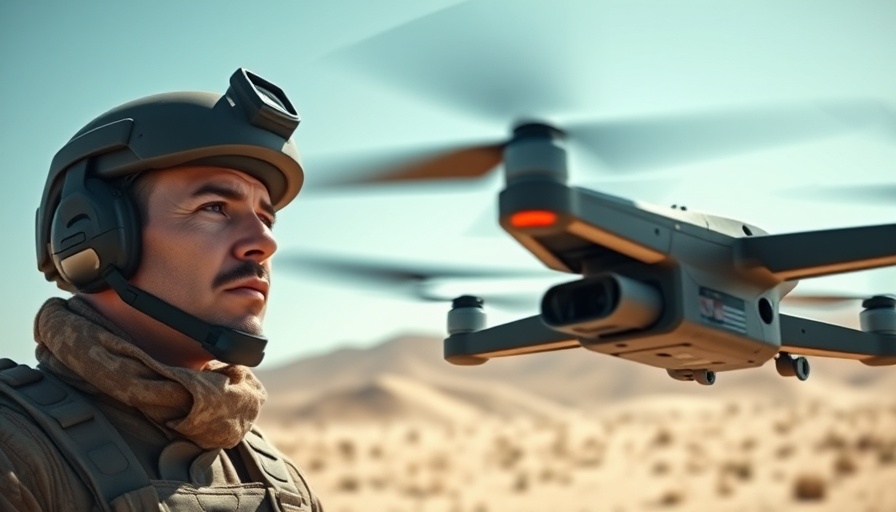
Protecting Ukrainian Drones: A Game-Changer in Cybersecurity
As conflict escalates in Ukraine, the role of technology in warfare evolves faster than the battles themselves. Defending military drones from cyber attacks has now become a critical priority. A British company, Periphery, is stepping up to this challenge by providing military-grade software aimed at safeguarding UAVs (Unmanned Aerial Vehicles) from malicious cyber threats, an innovation crucial in the increasingly digital battlefield.
How Periphery's Software Works
Periphery's solution offers an easy-to-install software agent that can significantly enhance the security of drones, even those already in operation. According to Toby Wilmington, the CEO of Periphery, their technology utilizes advanced machine learning models that can detect suspicious activities within a device. This proactive approach allows the software to adapt to new and emerging threats, ensuring drones can operate safely in hostile environments.
The Importance of Continuous Updates
In the fast-paced world of drone warfare, firmware updates play a pivotal role in introducing new functionalities but also pose security risks. Periphery's software is designed to continuously monitor changes, identifying anomalies that indicate potential malware activity. This capability is essential in preventing disastrous failures, enabling military forces to maintain control and leverage their aerial assets effectively.
Historical Context: Cyber Sabotage in Warfare
Linking the current situation to historical events, cyber sabotage isn’t new; it draws parallels to tactics used during WWII. The story of a B-17 bomber, which was hit yet returned safely due to concealed sabotage, illustrates how vulnerable technology can be. Just as WWII exploits reshaped aviation tactics, modern warfare today is witnessing a significant shift towards integrating robust cybersecurity measures, as emphasized by Periphery.
Future Opportunities in Aerospace Defense
The implications of advancing cybersecurity in the aerospace sector stretch beyond the immediate battlefield. Robust cybersecurity protections can foster trust and integration in drone technology for commercial and humanitarian uses. Improved safety measures not only protect military assets but also inspire innovation that could eventually lead to safer drones for civilian applications.
Final Thoughts
As cyber warfare grows in complexity, initiatives like Periphery's software are crucial for ensuring the integrity and operational capacity of military drones. The growing reliance on UAVs for intelligence, surveillance, and reconnaissance means that cybersecurity solutions have never been more vital. The continued evolution of these technologies is essential for safeguarding the future of defense operations.
 Add Row
Add Row  Add
Add 




Write A Comment